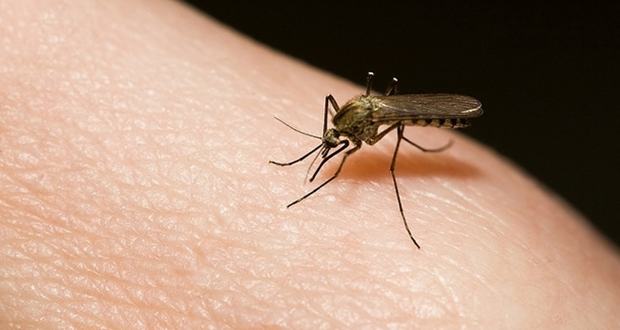According to a study by the World Health Organization (WHO), more than 2.5 billion people are at risk of contracting dengue and it has issued a warning to countries around the world at risk of acquiring this and other vector (mosquito bites, chiggers, ticks and snails) diseases.
Vectors are insects that spread disease through parasites from one person to another. Places with tropical and subtropical climate zones are the most affected by this type of vector infection.
Vector-borne diseases include dengue, schistosomiasis, lymphatic filariasis, yellow fever, Chagas disease, malaria, Crimean-Congo hemorrhagic fever and African trypanosomiasis.
Climate change affects the occurrence of these diseases. Dengue, for example, is no longer a seasonal disease because the mosquito has become resistant to various pest control measures.
Each year there are between 50 and 100 million infections transmitted by the Aedes aegypti mosquito. In recent decades, Latin America has become the region with the highest annual rates in the world and in Mexico alone 62,330 cases and 104 deaths were reported in 2013.
Although the mortality rate due to dengue in Mexico is one of the lowest in the whole continent, it is important to strengthen prevention and educate the population with basic measures like not allowing standing deposits of water to prevent mosquito breeding and the installation of mosquito screens at home to keep them away.
Conditions:
1. Malaria causes more than 600,000 deaths each year, mostly attacking children under five years.
2. Vector-borne diseases account for over 17% of all infectious diseases, causing more than 1 million deaths per year.
3. Chagas disease and schistosomiasis, affecting hundreds of millions of people worldwide.
Learn more about how architectural supplies can improve your lifestyle.



